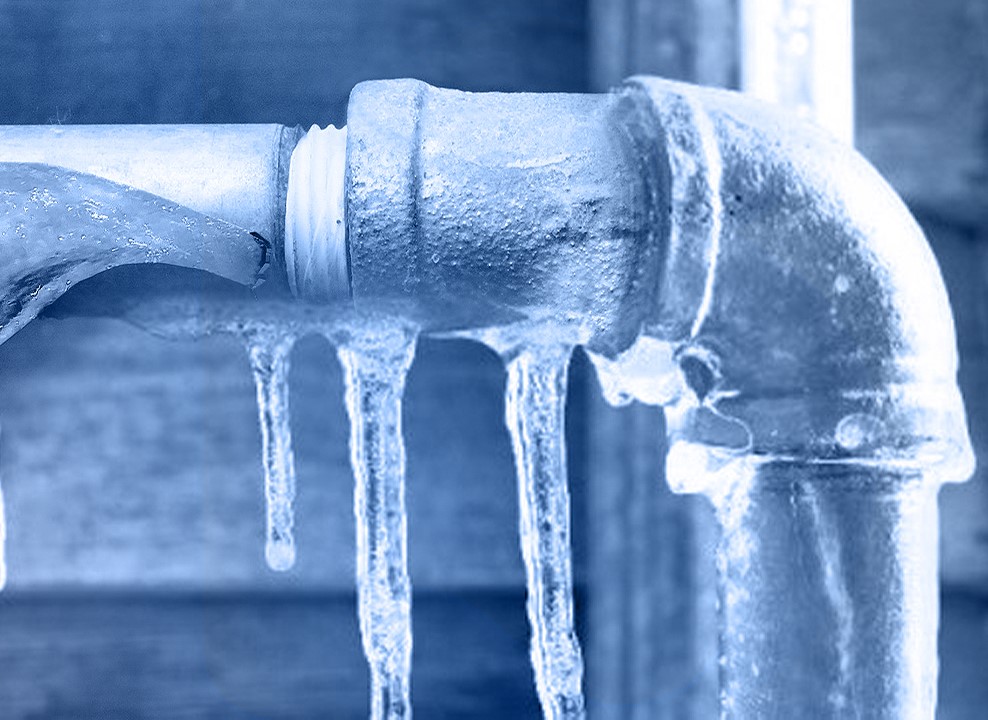How do you really feel about How To Avoid Freezing Pipes?

Cold weather can ruin your plumbing, particularly by freezing pipes. Below's just how to prevent it from taking place and what to do if it does.
Intro
As temperatures decrease, the threat of frozen pipelines increases, possibly resulting in pricey repairs and water damage. Recognizing how to avoid icy pipelines is essential for house owners in cold climates.
Comprehending Frozen Pipelines
What creates pipelines to ice up?
Pipes freeze when subjected to temperatures below 32 ° F (0 ° C) for prolonged periods. As water inside the pipes ices up, it increases, taxing the pipe walls and possibly triggering them to rupture.
Risks and problems
Icy pipes can lead to water supply disturbances, building damages, and expensive fixings. Burst pipelines can flood homes and cause substantial architectural damages.
Indicators of Frozen Pipes
Identifying icy pipelines early can prevent them from bursting.
How to determine frozen pipelines
Look for reduced water circulation from taps, uncommon smells or sounds from pipelines, and noticeable frost on subjected pipes.
Avoidance Tips
Shielding prone pipes
Cover pipes in insulation sleeves or make use of warm tape to safeguard them from freezing temperature levels. Focus on pipelines in unheated or outside locations of the home.
Heating strategies
Keep indoor spaces adequately heated up, especially areas with pipes. Open cupboard doors to permit warm air to distribute around pipelines under sinks.
Shielding Outdoor Plumbing
Yard tubes and outdoor faucets
Detach and drain pipes yard hoses before winter season. Set up frost-proof faucets or cover outdoor faucets with protected caps.
What to Do If Your Pipelines Freeze
Immediate actions to take
If you think frozen pipelines, maintain taps open to ease stress as the ice thaws. Make use of a hairdryer or towels taken in warm water to thaw pipelines slowly.
Long-Term Solutions
Structural adjustments
Consider rerouting pipes away from exterior walls or unheated locations. Add extra insulation to attic rooms, cellars, and crawl spaces.
Upgrading insulation
Invest in premium insulation for pipes, attics, and wall surfaces. Correct insulation assists preserve constant temperatures and lowers the threat of frozen pipelines.
Verdict
Stopping frozen pipelines requires positive steps and quick feedbacks. By recognizing the reasons, indications, and preventive measures, homeowners can secure their pipes throughout cold weather.
5 Ways to Prevent Frozen Pipes
Drain Outdoor Faucets and Disconnect Hoses
First, close the shut-off valve that controls the flow of water in the pipe to your outdoor faucet. Then, head outside to disconnect and drain your hose and open the outdoor faucet to allow the water to completely drain out of the line. Turn off the faucet when done. Finally, head back to the shut-off valve and drain the remaining water inside the pipe into a bucket or container. Additionally, if you have a home irrigation system, you should consider hiring an expert to clear the system of water each year.
Insulate Pipes
One of the best and most cost-effective methods for preventing frozen water pipes is to wrap your pipes with insulation. This is especially important for areas in your home that aren’t exposed to heat, such as an attic. We suggest using foam sleeves, which can typically be found at your local hardware store.
Keep Heat Running at 65
Your pipes are located inside your walls, and the temperature there is much colder than the rest of the house. To prevent your pipes from freezing, The Insurance Information Institute suggests that you keep your home heated to at least 65 degrees, even when traveling. You may want to invest in smart devices that can keep an eye on the temperature in your home while you’re away.
Leave Water Dripping
Moving water — even a small trickle — can prevent ice from forming inside your pipes. When freezing temps are imminent, start a drip of water from all faucets that serve exposed pipes. Leaving a few faucets running will also help relieve pressure inside the pipes and help prevent a rupture if the water inside freezes.
Open Cupboard Doors
Warm your kitchen and bathroom pipes by opening cupboards and vanities. You should also leave your interior doors ajar to help warm air circulate evenly throughout your home.
:strip_icc()/snow-outdoor-faucet-pipes-4af65d1e5e904fb1aa7bf74071fe5d89.jpg)
As a devoted reader on 6 Ways to Prevent Frozen Pipes, I thought sharing that excerpt was smart. Do you know about anybody else who is excited by the topic? Do not hesitate to promote it. Thanks so much for going through it.
Request Your Service